In this article, we will discuss how to use the Brunton compass for measuring dip and strike. Also, the measurement of bearing using the Brunton compass is discussed in the end.
What is Strike?
The strike is the compass direction of a line marking the intersection of an inclined plane with a horizontal plane such as the Earth’s surface.
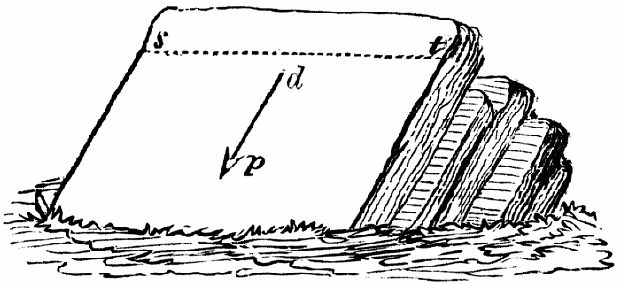
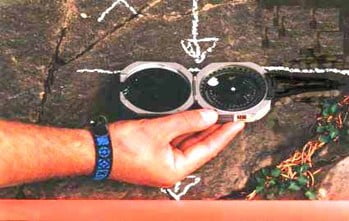
Measuring Strike
In order to measure the strike, place the side or edge of the compass against the plane of the outcrop. Sometimes it is easier to put your field book against the outcrop and then the compass against the book to get a smoother and/or larger surface.
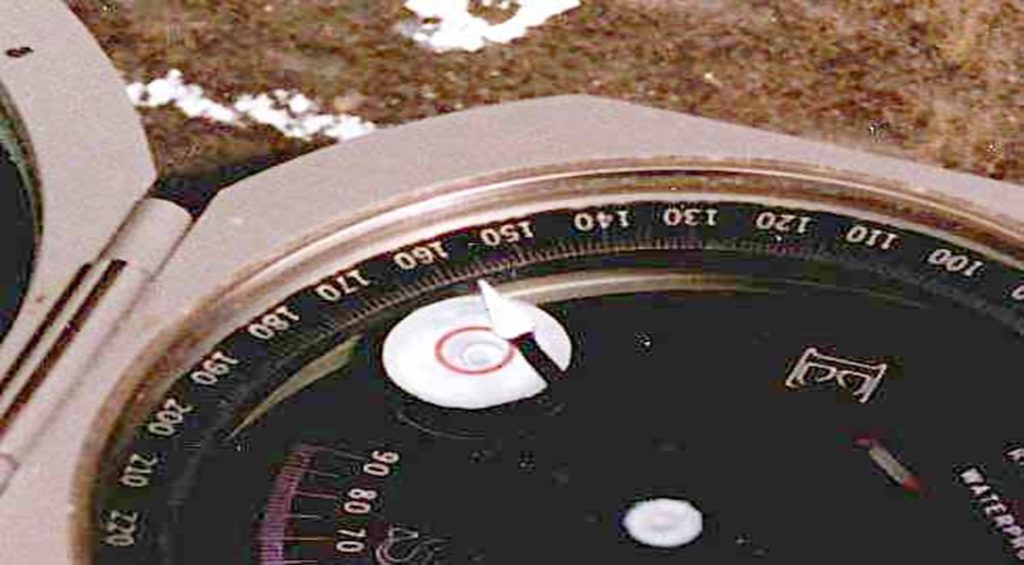
Now, rotate the compass keeping the lower side edge of the compass fixed, until the bulls-eye level bubble is centered (the round tube; not the long narrow one). When the bubble is centered, the compass is horizontal against the plane and parallel to the line of strike. Now, with the bulls-eye bubble centered, record the number that either end of the compass needle is showing.
What is Dip?
The dip is the maximum angle between the inclined plane and the horizontal plane. The dip is always perpendicular to strike and has both a compass direction and an angle.
Measuring Dip using Brunton compass
To measure the dip of the bedding plane, take your Brunton compass and put its side against the rock so that it points in the same direction as the line of dip (The dip line is perpendicular to the strike line). Move the clinometer until the clinometer level bubble is centered. As, we did when we found the strike, record where the white-tipped end of the clinometer needle is pointing. Note the degrees and the direction. Recall that the dip direction MUST always be perpendicular to the strike direction (e.g., a strike of 40° could only dip to the SE or NW, never NE or SW).
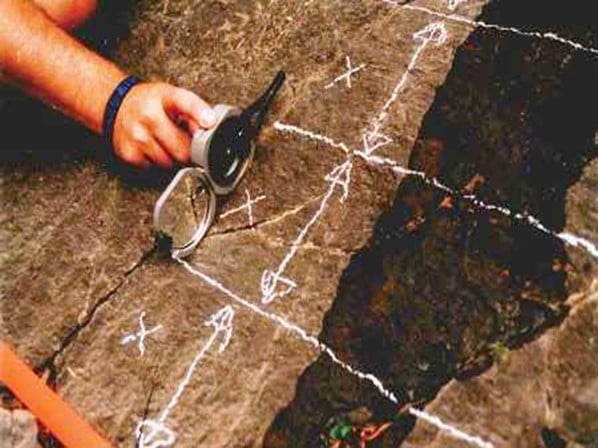
Now, we will discuss the measurement of Bearing.
How to use Brunton compass to measure bearing?
What is Bearing?
A bearing is a measurement of direction between two points. Bearings are generally given in one of two formats, an azimuth bearing or a quadrant bearing.
AZIMUTH BEARING
An azimuth bearing uses all 360° of a compass to indicate direction. The compass is numbered clockwise with north as 0°, east 90°, south 180°, and west 270°. So a bearing of 42° would be northeast and a bearing of 200° would be southwest, and so on.
QUADRANT BEARING
For quadrant bearings the compass is divided into four sections, each containing 90°. The two quadrants in the northern half of the compass are numbered from 0° to 90° away from the north (clockwise in the east, counterclockwise in the west). In the southern half of the compass, the two quadrants are numbered away from the south (counterclockwise in the east, clockwise in the west).
Quadrant bearings are given in the format of N 40°E (northeast), S 26°W (southwest), etc. Whenever you measure a quadrant bearing, it should always be recorded with north or south listed first, followed by the number of degrees away from north or south, and the direction (east or west) away from north or south. In other words, you would never give a quadrant bearing as E 40°N or W 24°S.
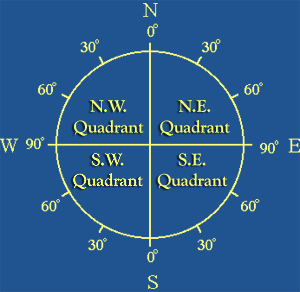
Brunton Compass-How to use it for measure Bearing?
The first thing you need to do is determine the bearing from point A to point B. There are two ways to go about this.
The easiest way is to carry a protractor with you when you’re in the field. If you have a protractor with you, place it on the map so it is oriented parallel to a north-south gridline, with the center of the protractor on point A (or on a line drawn between points A and B). Once you have done this, you can simply read the bearing you need to go off of the protractor.
If you don’t happen to have a protractor with you, you can determine the bearing you need using your compass. To do this, place your compass on the map so that the edge of your compass is oriented parallel to a north-south gridline and the center of your compass is on the line between points A and B.
Now rotate the map and compass together until the north arrow on the compass points to 0° on the graduated circle. You can then approximate the bearing you need by estimating where the line between A and B crosses the graduated circle.
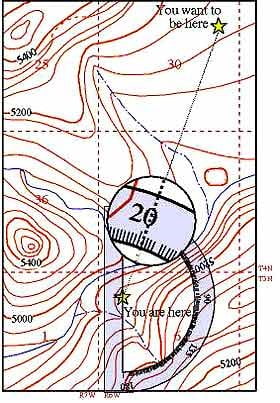


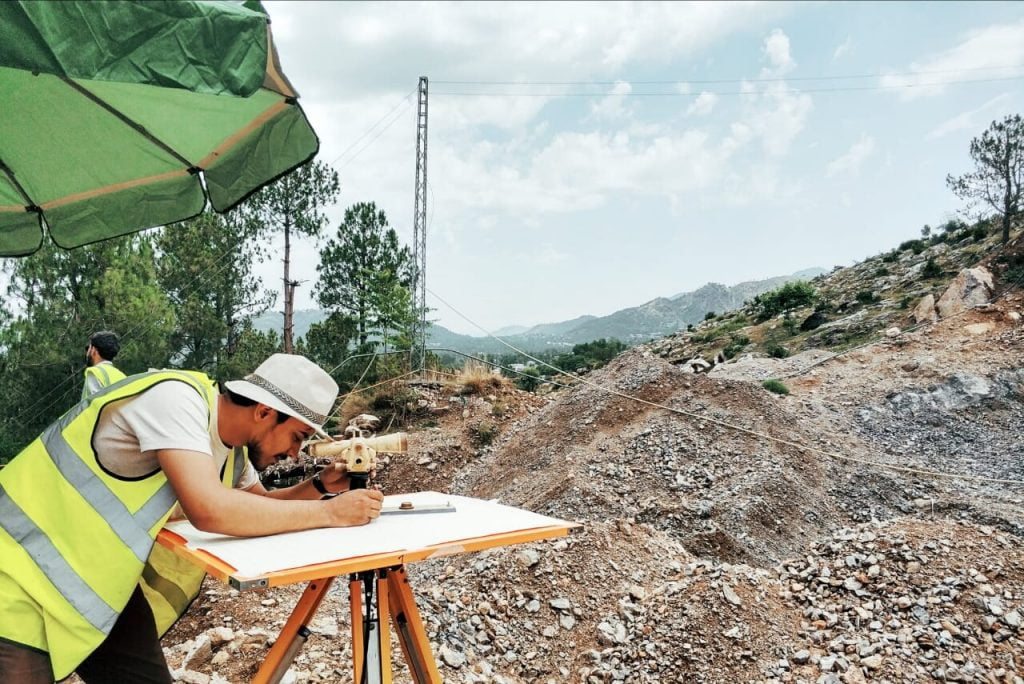

Your point of view caught my eye and was very interesting. Thanks. I have a question for you.